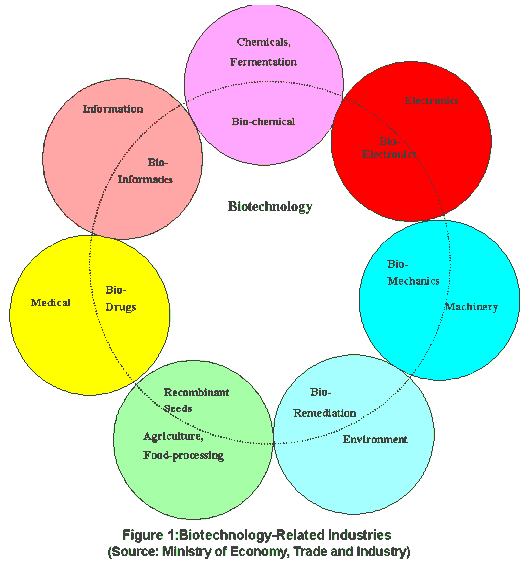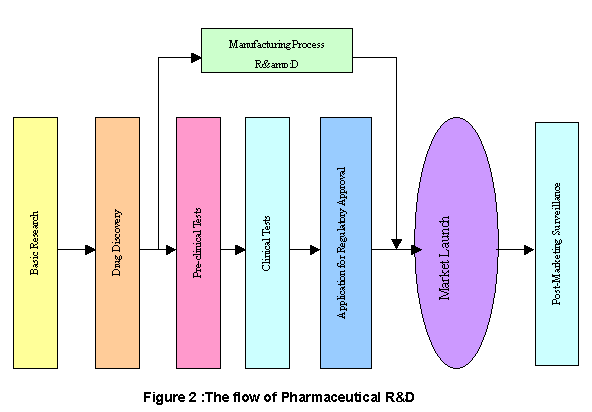
This research aims to investigate the boundary of the firm in research and development (R&D) activities, taking the case of biotechnology. As is well known, biotechnology, together with information technology (IT), is expected to play an important role in the technological progress of coming years. Furthermore, as Figure 1 shows, biotechnology is considered to be applicable to many fields, extending over the traditional industrial boundaries.


In particular, the central focus of this study will be placed on the boundary of the firm in biotechnology R&D. The firm undertakes diverse activities. Which of them should the firm carry out within the firm? Which of them should it procure from outside suppliers or contractors, or should it make in collaboration with other firms, universities, or any other parties? These questions have been called the issue of the boundary of the firm and discussed widely to study the 'make-or-buy' decision of the firm, that is, to study how much of the raw material and components the firm should produce internally as opposed to purchasing from outside, or to study whether the firm should construct its own marketing channel or utilize existing outside channels. It has become increasingly recognized that this issue of the boundary of the firm is as applicable to R&D activities as it is to production activities. Figure 2 simplifies the process of pharmaceutical R&D. In the traditional model, it has been supposed that basic research is to be done by universities and public laboratories whose discoveries and inventions are to be put in public domain through research papers. Applying the knowledge thus created, firms were supposed to undertake R&D to develop and commercialize new products and processes. Again, however, the boundary is not a single line. Many types of intermediate activities are made and many forms of intermediate organization are utilized; for instance, outsourcing, research commission, joint R&D, university-industry research collaboration, and licensing. In a new research area such as biotechnology, these intermediate forms play a particularly important role. Our study aims to investigate extensively these issues of the R&D boundary of the firm and the effects government policies might have on them.